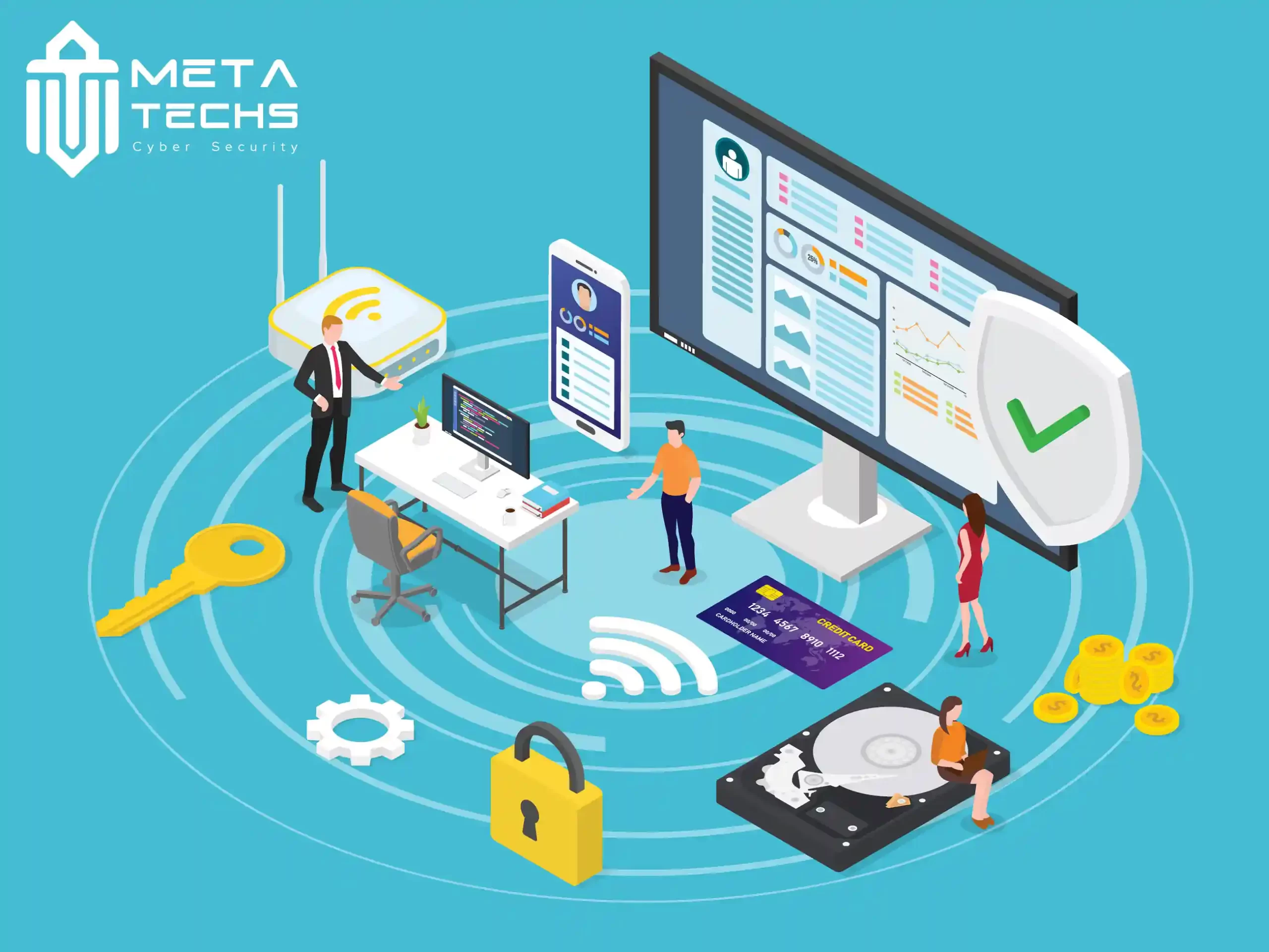In today’s digital landscape, organizations face an ever-evolving threat landscape, with cyberattacks becoming increasingly sophisticated and mysterious. EDR and XDR solutions have emerged as critical tools for defending against these threats. However, a new type of attack, known as HookChain, is challenging the effectiveness of traditional security measures to Bypass EDR
EDR and XDR solutions are designed to detect and respond to malicious activity on endpoints, such as computers, servers, and mobile devices. EDR focuses on endpoint-level detection and response, while XDR provides a broader view by correlating data from multiple sources to identify and respond to advanced threats.
Despite the advancements in EDR and XDR, cybercriminals constantly seek new ways to evade detection and compromise systems. HookChain is one such technique that has emerged as a significant threat to traditional security solutions.
In this article, we will delve deeper into HookChain, exploring its methodology, implications, and how it can Bypass EDR and XDR defenses.

What is HookChain?
HookChain is a novel attack technique that leverages legitimate system tools and processes to evade detection by traditional security solutions like EDR and XDR
By exploiting the system’s own functionality, HookChain can remain undetected for extended periods, allowing attackers to execute malicious activities without being discovered.
How HookChain Works:
1- System Hooking:
HookChain uses system hooking techniques to Bypass EDR and modify system calls, effectively hijacking the operating system’s functionality.
2- Indirect System Calls:
By using indirect system calls, HookChain can avoid detection by traditional security tools that rely on signature-based detection methods.
3- Dynamic System Service Number (SSN) Resolution:
HookChain can dynamically resolve system service numbers, making it difficult to identify and block malicious activity.
4- Import Address Table (IAT) Hooking:
HookChain can modify the IAT to redirect function calls to malicious code, bypassing security controls.
Unique Features of HookChain:
1- Stealth: HookChain is designed to be stealthy, avoiding detection by traditional security tools that rely on signature-based or behavioral detection methods.
2- Persistence: HookChain can persist on a compromised system, making it difficult to remove.
3- Flexibility: HookChain can be used to execute a variety of malicious activities, including data theft, privilege escalation, and lateral movement.
4- Adaptability: HookChain can adapt to changes in the security landscape, making it difficult to defend against.
Potential Impact of HookChain:
1- Data breaches: HookChain can be used to steal sensitive data, such as customer information, financial data, and intellectual property.
2- System compromise: HookChain can compromise systems and networks, allowing attackers to gain unauthorized access and control and Bypass EDR
3- Financial loss: Data breaches and system compromise can lead to significant financial losses, including fines, legal costs, and damage to reputation.
4- Disruption of operations: HookChain can disrupt business operations by causing system outages, data loss, or service interruptions.
HookChain is a significant threat to organizations relying on traditional EDR and XDR solutions. Its ability to Bypass EDR, evade detection, and execute malicious activities undetected makes it a serious concern for cybersecurity professionals. To effectively protect against HookChain and other advanced threats, organizations must adopt advanced security measures and stay informed about the latest attack techniques.
.
The Need for Advanced Security Measures:
To effectively protect against HookChain and other advanced threats, organizations must implement advanced security measures. These measures may include:
- Behavioral analytics: Use behavioral analytics to detect anomalies in system behavior that may indicate a malicious attack.
- Threat intelligence: Stay informed about the latest threat intelligence to identify emerging threats like HookChain.
- Security awareness training: Educate employees about the risks of phishing, social engineering, and other attack methods.
- Regular security assessments: Conduct regular security assessments to identify vulnerabilities and weaknesses in your systems.
The Role of EDR in Mitigating HookChain Attacks
EDR can play a vital role in mitigating HookChain attacks by:
- Enhancing detection: Using behavioral analysis and techniques to identify outliers.
- Facilitating incident response: Quickly isolating infected systems and investigating attacks.
- Conducting threat hunting: Proactively searching for signs of HookChain activity.
- Integrating with XDR: Combining EDR with XDR for broader visibility and faster response.
The Role of XDR in Mitigating HookChain Attacks:
While EDR solutions can be effective in detecting and responding to some types of malware, they may struggle to detect and respond to advanced threats like HookChain that Bypass EDR Extended Detection and Response (XDR) solutions can provide a more comprehensive approach by correlating data from multiple sources, including endpoints, networks, and cloud environments.
XDR solutions can help organizations:
- Detect advanced threats: XDR can detect advanced threats, including HookChain, by analyzing data from multiple sources and identifying suspicious patterns.
- Respond quickly: XDR can automate incident response processes, allowing organizations to respond to threats more quickly and effectively.
- Improve visibility: XDR can provide greater visibility into an organization’s security posture, helping to identify and address vulnerabilities.
By implementing advanced security measures and leveraging EDR and XDR organizations can improve their ability to detect and respond to threats like HookChain and protect their critical assets.
By understanding the threat posed by HookChain that Bypass EDR and taking proactive steps to protect your organization, you can mitigate the risks and safeguard your valuable assets.
For more information on HookChain and how to protect your organization, please contact Meta Techs.








